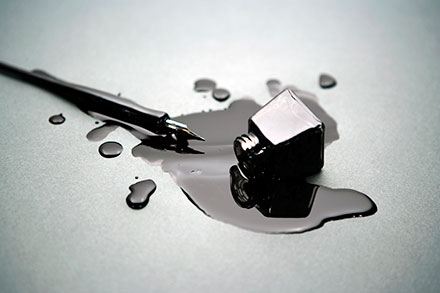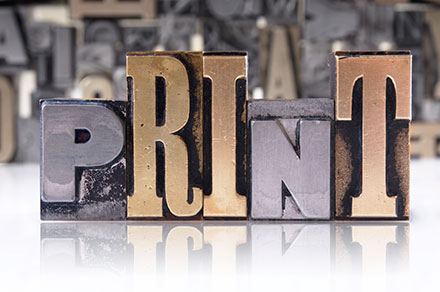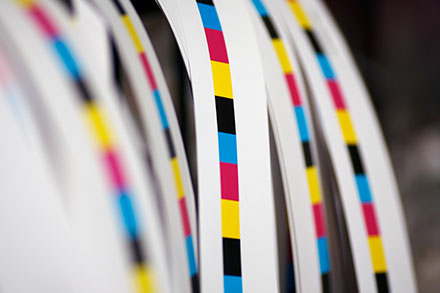Printing Techniques: Modifying the Paper
Modify the paper on printing jobs to add impact.
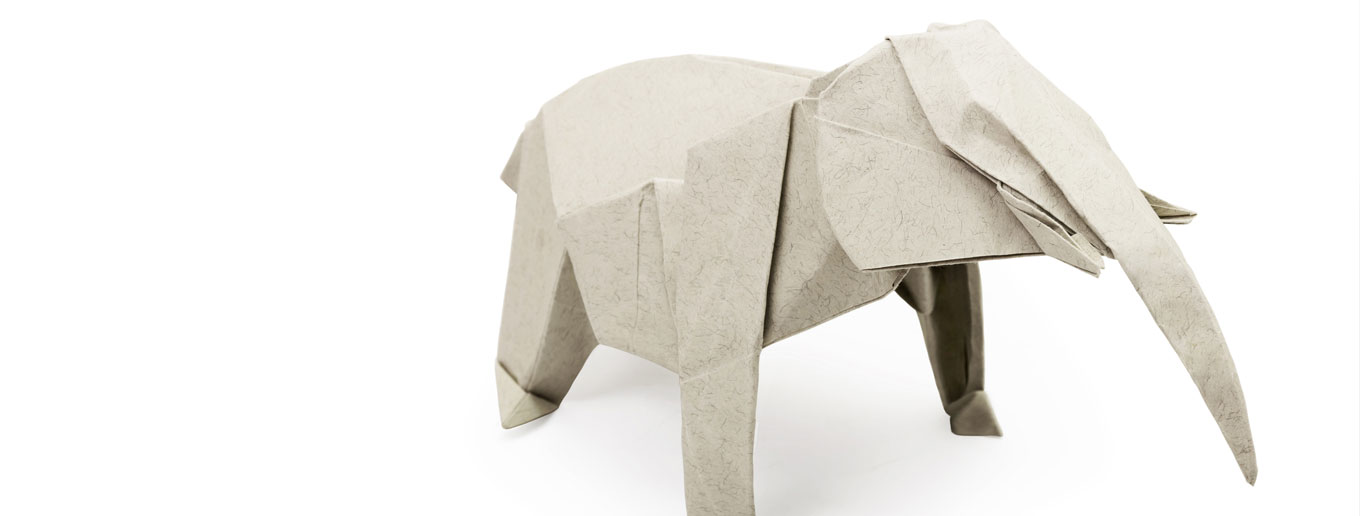
There are many unique printing techniques available today to enhance your brand image. This is part three in a four-part series all about these processes and when it makes sense to splurge on them.
Why modify the paper?
Using techniques to modify the paper in your collateral pieces can make them more tactile and draw more interest from your customers. It just might cause them to take a second look (or second feel) which will allow your brand message that much more time to sink in.
Embossing and debossing
These two techniques both use a die to make an impression into paper. Embossing presses the paper up from the back and debossing presses it down from the front. You see these often on pocket folders and report covers. Both imply elegance and sophistication. Perfect for a luxury brand.
There are a variety of ways to create an emboss including: single level, multi level, rounded, lines, and sculptured. The method used will depend on the artwork you want to emboss and how detailed it is.

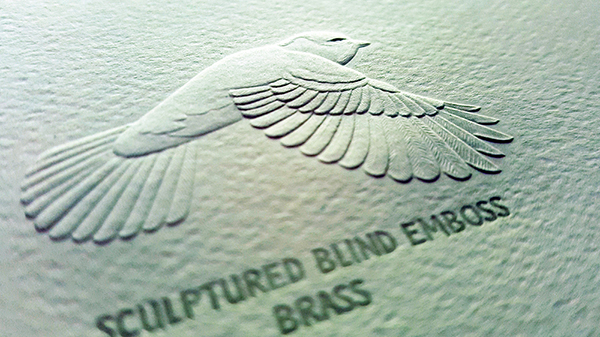
Emboss examples by McIntosh Embossing
Embosses can also be used in conjunction with foil stamping to add color to the shape created with the die.
Letterpress
Letterpress is another way to make an impression on paper. I explained this process in more detail in the article on ink alternatives. If you use a letterpress plate without any ink on it and the paper is soft enough, you can create a look similar to a deboss. It isn’t quite as crisp as a deboss die and the paper does need to be more malleable, but it can save you money since it doesn’t require a trip to a different shop. Great for conveying hand made and customized brand attributes.
Diecutting and laser cutting
Cutting shapes into paper is another way to bring your brand into your collateral and make your touchpoints stand out against your competition. This can be as simple as rounding the corners of your piece all the way to cutting an intricate lace pattern into a fly sheet. Diecutting, as it’s name implies, uses a die to cut the same shape into each sheet of paper. It’s less expensive and a more common technique than laser cutting so it’s likely your printer will do it on site.
Laser cutting uses a laser to achieve the same goal. It is required for very small cuts or fine detail. The laser leaves a faint burn mark around the spot it cuts out so keep that in mind as you design. Know ahead of time that it won’t come out pure white.
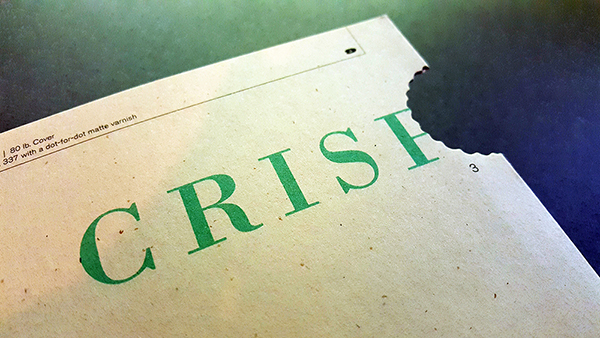
Die cut brochure created by Wausau Paper, design by Larsen Design
Scoring and folding
Simply making some unique folds can add another level of interaction within your printed piece. Something out of the ordinary will intrigue your customers and make them spend more time reading your message. An ideal way to show your company thinks differently.
Scoring is all done by machine and depending on the complexity, most folding is too. This makes it an economical way to add a bit of flair without breaking the bank. Try accordion, map, or even origami-style folds on your next brochure.

Exploding map business card by 3D Paper Graphics
Think about using one of these techniques on your next collateral project. Which one fits with your brand’s style?
Watch for one more article in this series about printing on different substrates.
Printing Techniques: Ink Alternatives
You don’t always need to use ink to make your mark.
Printing Techniques: Coatings
Are they right for your brand image?
Offset vs. Digital Printing
How to know which is best.


